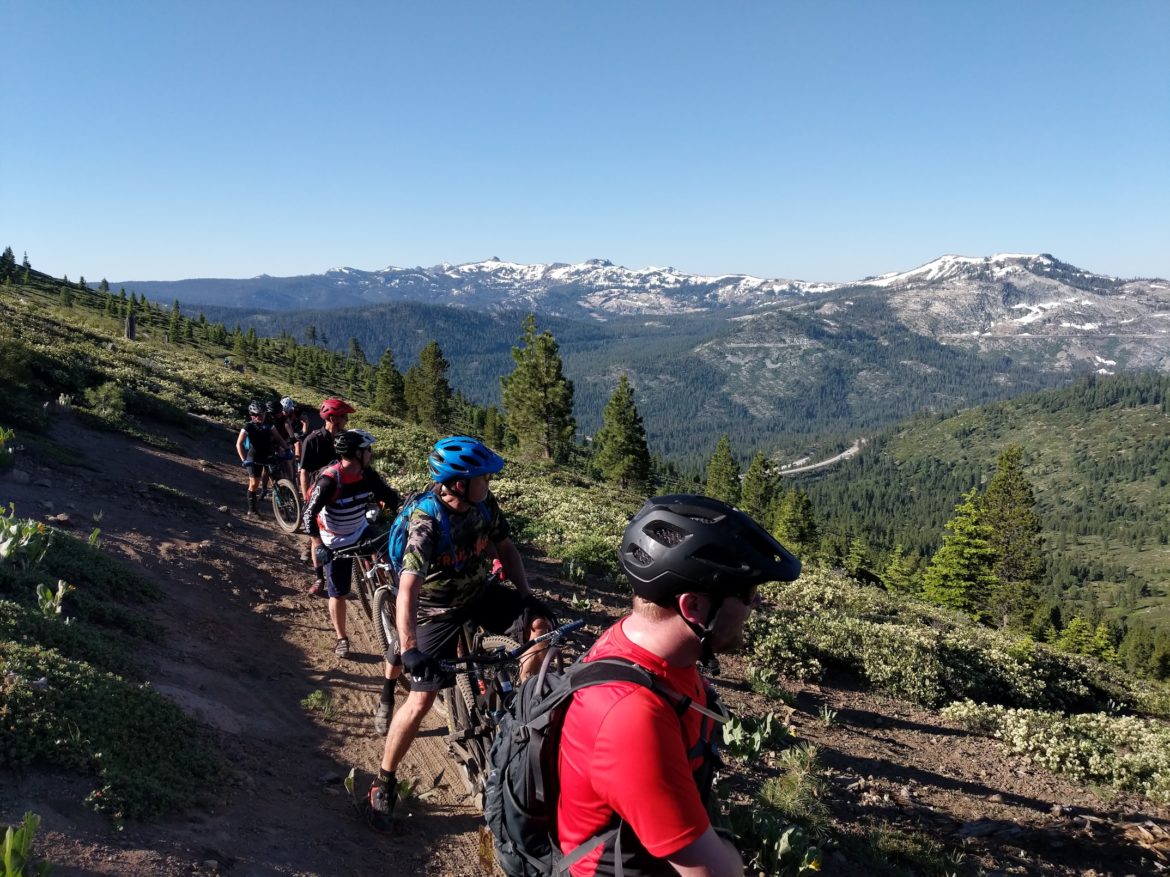
The easiest way to try mountain biking for the first time is to find a friend who rides, borrow one of their bikes and some of their gear, and follow them around on the easiest singletrack trails you can find. If you don’t know anybody that mountain bikes or they don’t have a spare bike in your size, renting from a bike shop is another great option. Oftentimes, you can also rent all the other gear you’ll need (like a helmet), and your rental bike will come with repair supplies.
But when you’re ready to really get started mountain biking and purchase your own setup, you’ll need to buy a lot more gear than just a bike. Yes, a mountain bike is the most important part of the equation, but you’ll need to acquire a number of other accessories to help you have an enjoyable and safe time out on the trail.
This article is written to give you, the prospective mountain biker, an outline of absolutely all the gear you need to get started mountain biking.
The goal of this article isn’t to tell you how much money you should spend on your gear, because you can always find better deals. It’s also not to say you shouldn’t spend more money on better products. Of course, you might choose to add items to this list as well, and that’s okay. Consider the recommendations here a starting point, allowing you to work down or up from here.
Finally, I’m giving examples of specific products from specific brands so that, again, you have a starting point to work from. If you want to, you can literally click the link in the title for each product and order one online, and a ready-to-ride mountain bike setup will show up on your door step in a matter of days. You can also head down to your local bike shop and use this article as your shopping list, purchasing comparable products while supporting a small local business.
#1 – Mountain Bike

Choosing your first mountain bike is the most difficult buying decision that you’ll have to make. I recommend beginning by setting your price, then working from there to determine what you can afford, and how the various features and types of mountain bikes intersect with how you want to ride your mountain bike.
For my money, it’s tough to beat the value of a hardtail 29er when you’re starting out. While you can spend as much or as little as you want on a hardtail 29er, going below the $500 level will leave you with a bike that’s less than ideal. If you can afford it, I’d recommend looking at the $1,000 level, as a bike of that price point will often have nicer components that will allow the bike to be usable for longer, with fewer upgrades required.
#2 – Beginner Mountain Bike Gear
In order to have a fun and safe time out in the woods, you’ll need to purchase and bring a surprising amount of apparel, protective gear, and repair supplies. Thankfully, many athletes from other sports will already own some gear that can cross over to mountain biking. Those products are noted below.
Here’s a basic breakdown of all the other gear you need to start mountain biking.
Mountain Bike Helmet:

You should never go on a mountain bike ride without a helmet. A half-shell helmet like the O’Neal Trail Finder is a budget-friendly option for the trails. Full face helmets offer more protection and comfort and riding style should be considered if you prefer to go this route. For more guidance on choosing the best mountain bike helmet, be sure to read our helmet buyer’s guide.
Padded Shorts:
A padded bike short–known by its French name, “chamois,” around the world–is a critical component for having a pleasant time mountain biking. Getting a chamois with minimal padding can be affordable and a life saver… or should I say “ass saver?” An additional layer or two of cushioning gives a good amount of extra protection around the crotch area, certainly reducing the soreness from rides significantly.
MTB Shorts Upgrade

Many riders will quickly prefer to upgrade to a pair of “baggy” mountain bike shorts. While baggies protect your dignity better than a lycra outer layer, they also provide pockets to store gear and a little more protection between you and the trail when you crash. There are a number of functional and stylish options for under $100 for both men and women.
However, you may still want to wear some sort of chamois beneath your baggy shorts. When shopping for a pair of baggies, note that not all baggy shorts come with a chamois included. If you’re trying to save cash, look for a short that includes a chamois.
While not all mountain bikers use anti-chafe cream like Chamois Butt’r, adding lubrication to your chamois can help prevent chafing and saddle sores on longer rides. If you’re putting in the miles and want to stay comfortable during your ride and prevent chafing, a bit of this will go a long way.
Mountain Bike Shoes

If you already own a pair of closed-toe athletic shoes or skate-style shoes, use those for your first few mountain bike rides. However, if you find yourself dissatisfied with your traction on the pedals, you should consider upgrading to a pair of mountain bike shoes.
Five Ten’s Freerider shoes are a tried-and-true pair of mountain bike flat pedal shoes that will last a long time and provide incredible purchase on your pedals.
Beginner Mountain Bike Gloves

While some mountain bikers use classic half-finger gloves (which are still generally more affordable than full-finger gloves), most riders opt for a full-finger glove, like the Handup Gloves, for better grip on the brake lever and more protection during the inevitable crash. Mountain bike gloves can range from around $20 to nearly $100.
Sunglasses: Sports Sunglasses
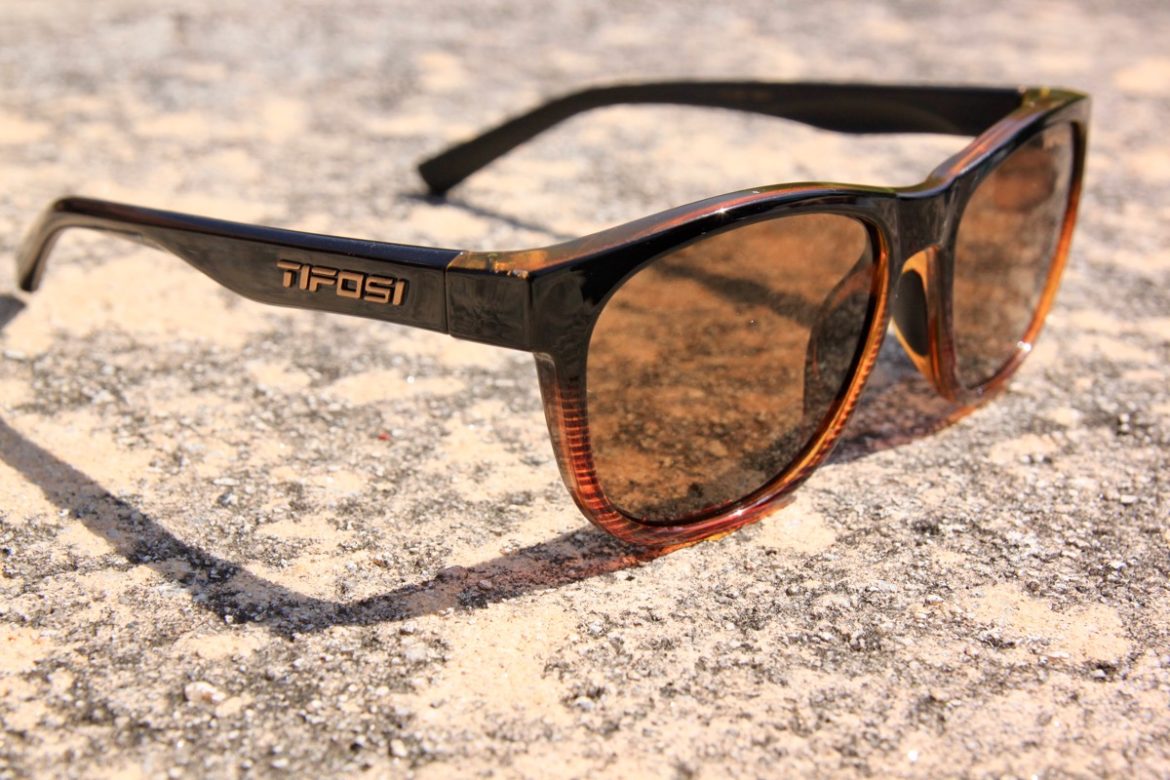
Hopefully you already own a pair of sports sunglasses, which could save you some cash while getting started. If not, you can always purchase a pair of inexpensive sunglasses like the Tifosi Swank. Great saddle bridge with rubber nose panels that don’t slip while you sweat.
Eyewear for mountain biking can be expensive, this article explains why you might consider spending more for better optics and features. There are a ton of sunglass options on the market, you can find some recommendations in our recent sunglasses reviews.
MTB Shirt: Moisture-Wicking T-Shirt
If you already own a moisture-wicking sports t-shirt, normally made of polyester, grab that and use it for your first few mountain bike rides–$0 invested!
Upgrade: Singletracks MTB Jersey

Enjoy our very own Singletracks loose-fit women’s jersey and short-sleeve men’s jersey made in collaboration with our friends from Spacecraft collective. These light-weight technical jerseys are made of quick drying, anti-bacterial pique polyester with a mesh back and side panels for maximum air flow and cooling–Bonus interior goggle/sunglass wipe.
Optional: Packable Shell Jacket
While a rain jacket might not be necessary for your very first mountain bike rides, eventually it should become a staple in most mountain bikers’ hydration packs. While a rain jacket can keep you dry when an unforeseen storm rolls in, it can also keep you warm if the temperature drops. Pearl Izumi is known for making quality, versatile cycling apparel, and the Summit Shell Jacket fits right in. It’s not exactly waterproof, but the DWR coating ensures that moisture mostly just rolls right off the surface. I’ve found it works well in the rain and also provides just the right amount of warmth on cool, windy summits and the chilly descents that follow.
Optional: Technical Socks

While not absolutely necessary, I recommend using a technical sock that’s not made of cotton. Fox River has been manufacturing high quality sport and outdoor socks for over 100 years, they use premium materials like merino wool and synthetics in socks for a variety of activities like cycling, running, and hiking.
# 3 – Carry With You Items
MTB Hydration – Water Bottle Vs Hydration Pack
Being able to drink water while you’re out riding is important. Staying hydrated is a really simple way of ensuring your body is properly fueled. An insulated water bottle like the CamelBak Podium Dirt Series Chill works out well for shorter rides, but if you plan on riding for more than a couple of hours, you may want to take a look to hydration pack options!
Nice to Have: Hydration Pack

If you already own a hydration pack of some sort, great–begin by using that! The more complex a hydration pack gets, the more it will cost. Most bike-specific hydration packs run upwards of $100 MSRP and come in various sizes, some even have built-in back protection.
However, you can find more basic offerings that still provide enough water storage and space for most rides, for less — like the Camelbak Chase bike vest. This pack provides a minimalist option that includes a 50 oz. reservoir and both men’s and women’s fit. Check out these hydration pack reviews for larger bags and additional features.
Essential Maintenance Items
Every mountain biker should be prepared to handle basic emergency bike repairs on the trail. You will–guaranteed!–get a flat tire and break a chain at some point in your mountain bike career… and probably sooner rather than later.
Mini Pump
While some riders opt for a CO2 canister and cracker for quick tire inflation, C02 can be difficult to use, and the canisters themselves aren’t cheap. An affordable mini pump like the Topeak Pocket Rocket can inflate tires for years, with no added cost.
Inner Tube
Always carry a spare inner tube for the inevitable flat tire. Just ensure that you have the right size for your bike, and that the type of valve you choose works with your mini pump.
Patch Kit
I carry a patch kit as a “just in case, hopefully I never have to use it” emergency supply. If–heaven forbid–you get more than one flat tire on your ride, hopefully you can utilize your patch kit to get your out of the woods. For just two bucks and weighing just a couple of grams, there’s no reason not to carry one.
Optional: Tire Levers
While it’s not guaranteed that you’ll need tire levers to change your flat tire, sometimes they can make a difficult job easier and less painful. For a couple bucks, and weighing next to nothing, they’re worth adding to your hydration pack.
Multi-Tool

Ah, mountain bike tools–one of our favorite accessories to collect, er, review–at Singletracks. The Topeak Tubi 18 is a small multi-tool that comes with handy tire plugs and a temporary air stopper. There’s also a ton of great stash tools like the OneUP EDC tool so you’ll always have tools with you wherever you have your bike.
Quick Link
After you’ve used the chain tool to remove the damaged chain link from your broken chain, the easiest way to get moving again is to carry a spare quick link to snap onto your chain. Make sure that you have the proper size link to match the chain on your bike.
Duct Tape
Duct tape can serve a myriad of emergency repair purposes out on the trail. Hopefully you already have a roll of it at home–I usually wrap some around the handle of my mini pump so I always have a little tape with me.
Zip Ties
If you don’t already own some, go to the store, buy a few zip ties, and throw them in your hydration pack. They’ll come in handy–trust me.
# 4 – Mountain Bike Transportation
While some mountain bikers have the luxury of living within pedaling distance of the trailhead, most riders will have to transport their bike to the trailhead using a vehicle.
Ride to the Ride
With more accessible trails being built, it is worth looking into how to ride to the ride!
Fit Your Bike in Your Vehicle
If you don’t have a friend with a bike rack, the most affordable way to haul your mountain bike is to find a way to fit it in your vehicle. If you own a pickup truck, you have it made. Riders who own an SUV, crossover, or a van can often fit their bike in the back of their vehicle easily, sometimes requiring the removal of the front wheel.
If you own a sedan, you have your work cut out for you. However, you can often fit a mountain bike in either the back seat, the trunk, or a combination of the two, by removing one or both wheels from the bicycle.
Basic Trunk Rack
If you do own a sedan, the most affordable and easiest rack to install is a hanging-style trunk rack. At $199 MSRP, the Yakima HangOut is one of the most affordable trunk racks from a reputable brand. You don’t want to cut too many corners with a trunk rack, as you can cause damage to your car with a poorly-designed rack. While a trunk rack isn’t the best bike-hauling solution, it doesn’t require a cross bar system or a hitch, and it will work well with a hardtail mountain bike.
Hitch Rack

The Transfer is Kuat’s entry-level hitch rack at a great price, and it features Kuat engineering and quality. It comes in 1, 2, and 3 bike options.
# 5 – How to find a riding partner or group ride
Head out to the local trail: This is the easiest way to find mountain bikers with similar interests and abilities and definitely the most fun way to do it. Hit up the trailhead on a Saturday morning (or whenever things get busy) and ask folks if you can ride with them. Nine times out of ten they’ll say yes and you can get to know them as you ride. If things go well, ask for contact info afterward and try to schedule another time to meet up.
Local Bike Shop: Typically, your local bike shop may host some group rides throughout the year. Sometimes they may have bikes to demo! This is a great chance to get exposed to new bikes if you haven’t purchased your own yet and ask any questions from the bike shop employees. Chat up the employees and they should be able to help you find ways to get connected.
Online: Online groups often exist for the sole purpose of connecting mountain bikers so take advantage!
Facebook Events: A quick Facebook event search can bring up some great local group rides in your area. This can help connect you with other like-minded riders. Who knows, maybe down the road you could lead your own group ride!
Eventbrite: This is another great site that allows you to RSVP to a particular group ride event in your area. Most events are free of charge.
Singletracks: Singletracks has a great data base where you can search all kinds of events in your area. Since you’re starting out, a MTB Skills clinic can be a great place to start your foundation skills with other riders in your same skill-level.
If you’re listening to the Singletracks podcast, chances are you’re already a mountain biker, but you probably have friends and family members who are not (yet). So whether you’re looking for ways to convince your friends to join you, or you know someone who could benefit from this discussion, we hope you find this helpful – Listen: Mountain Biker for Beginners
The great thing about all these methods is that once you meet one or two mountain bikers they’ll introduce you to their friends and friends of friends. Before you know it you’ll have a network of riders you can call up at a moment’s notice to meet up at the trail. Over time you’ll narrow in on those with similar skill levels and riding styles and you’ll forget what it was like riding by yourself. Get out there and network now so you’ll have a crew to ride with!














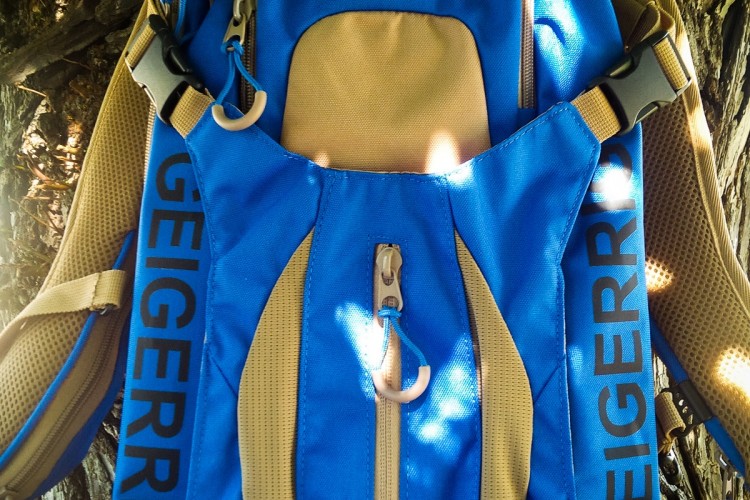
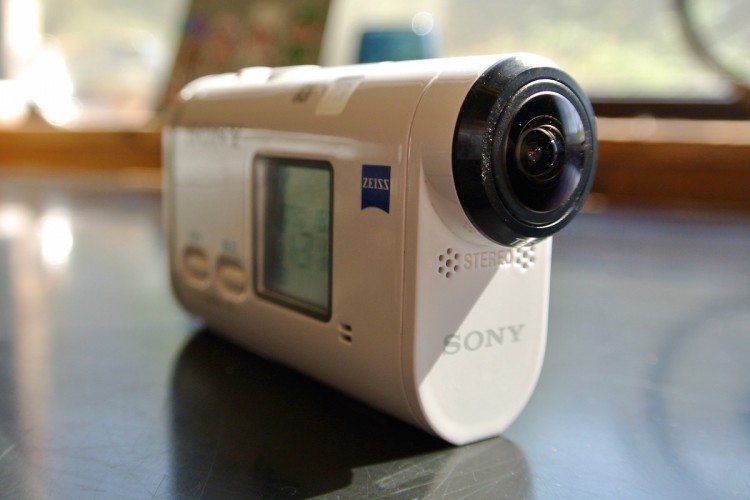



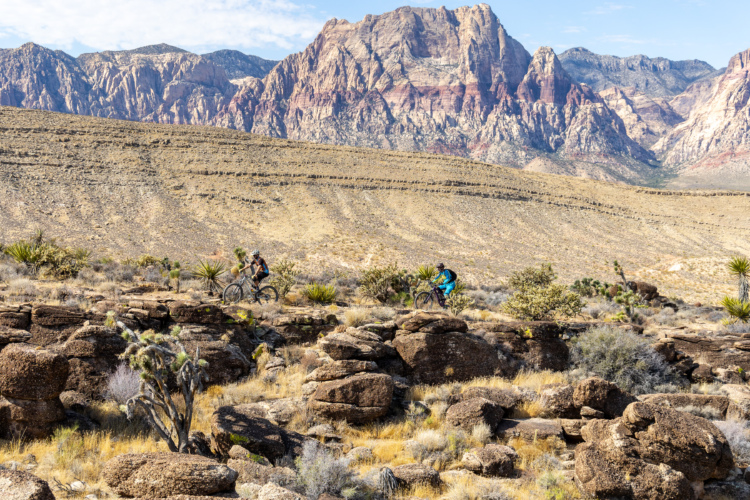
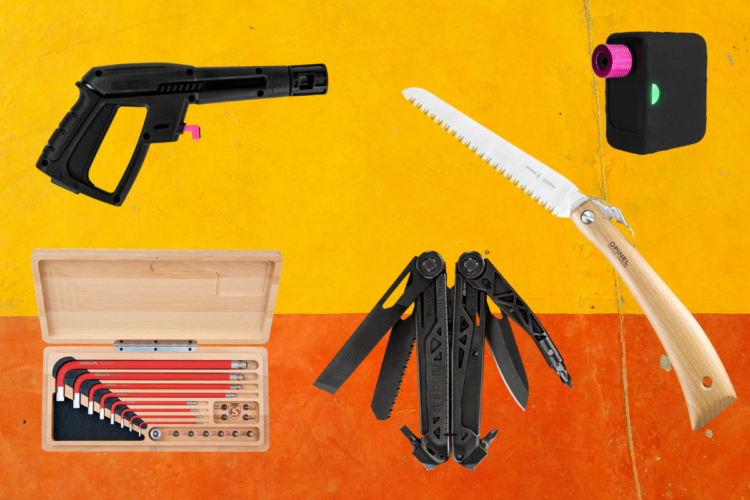

0 Comments